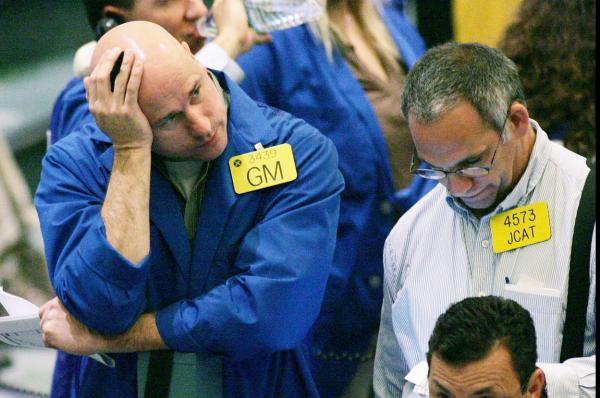
Nov. 16 (UPI) — The potential for more oil production from several basins, and a call from Norway’s central bank to divest from energy stocks, pulled oil prices lower Thursday.
Crude oil prices are reversing course after several weeks of strong gains supported by expectations that the Organization of Petroleum Exporting Countries will extend a production cut agreement deep into 2018. That call, however, was undermined Wednesday when Russia, the largest non-OPEC contributor, seemed to take an ambivalent stance on an extension.
The OPEC-led effort, implemented in January, helped pull crude oil prices out of a historic slide last year. The price for Brent crude oil is now about double what it was at the 2016 low point, though British energy company BP said this week it was learning to do more with less, planning to add hundreds of thousands of new barrels to the market.
On Thursday, U.S. exploration and production company Hess Corp. said production from the Bakken oil reserve in North Dakota and from offshore Guyana would be “growth engines,” while Malaysia and the deep waters in the Gulf of Mexico could be “cash engines.” The company will be cash-flow positive so long as oil stays around $50 per barrel.
Hess shed parts of its portfolio this year to fund offshore Guyana, which CEO John Hess said “keeps getting bigger and bigger.” In the Bakken, he said exploration and production would kick up next year and the company is planning a share buyback plan.
Elsewhere, Premiere Oil said it planned to start new production in the North Sea by December, and Norway said production from the Maria oil field in the Norwegian Sea was okay to start 10 months ahead of schedule.
Anadarako Petroleum, meanwhile, said it was expecting strong performancewith oil at around $50 per barrel, adding Thursday it was anticipating 14 percent growth in oil next year.
Strong production levels in recent years have put a ceiling over crude oil prices, even with the OPEC-led effort that aims to drain the existing surplus.
The price for Brent crude oil was down 0.45 percent at 9:15 a.m. EST to $61.57 per barrel. West Texas Intermediate, the U.S. benchmark for the price of oil, was down 0.34 percent to $55.14 per barrel.
Despite this year’s gains, oil prices are still down substantially from the norm above $100 per barrel four years ago. The central bank of Norway, one of the world’s leading oil and gas producers, called on the government to remove oil and gas stocks from a pension fund. A bank governor said the call was not meant as a forecast for oil prices, but argued the move would make Norwegian government wealth less exposed to a “permanent drop in oil and gas prices.”
Elsewhere, further negativity was supported by weekly declines in the U.S. labor market. The U.S. Labor Department said first-time claims for unemployment for the week ending Nov. 11 jumped 10,000. The less-volatile four-week moving average increased 6,500 from last week to 237,750.




